What is strawberry brown spot and how is it treated?
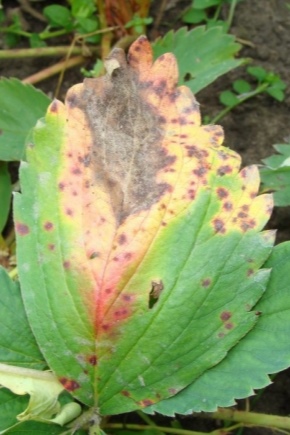
Brown spot is one of the fungal diseases that often affects strawberry bushes. If ignored, it will soon destroy all strawberries, leaving you without a crop. What signs indicate the presence of a disease, and what methods of struggle will help get rid of it, will be discussed in the article.
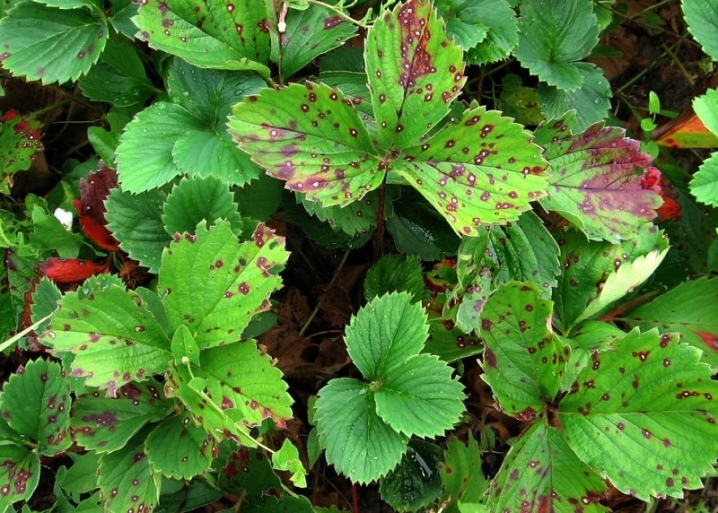
Description
Brown spot is one of the most common fungal diseases in strawberries. The appearance of this disease is provoked by the fungus Marssonina rosae. If your plant is sick with brown spot, then you cannot hesitate with its treatment, otherwise there is a risk of being left without a crop.
Most often, the manifestation of this disease can be seen at the end of the fruiting phase, and the peak of its development usually becomes the time period from August to October. However, the disease may appear much earlier, even in early spring, but at this stage it is impossible to notice it. Over time, it will gradually spread from plant to plant along with irrigation water, rainfall, wind, garden tools and parasites.
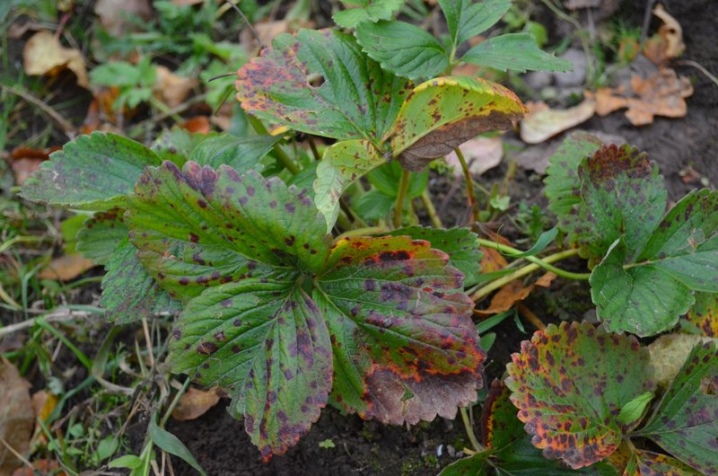
This disease is characterized by two seasons, and therefore, in the first season, it may not make itself felt too actively, but it will multiply, remain for the winter and become active in warm weather, which is facilitated by weather conditions and the presence of excessive moisture.
The disease, developing rapidly, affects most of the foliage, which changes color to fiery brown and soon falls off. The fungus completely depletes strawberry bushes, inhibits their growth and development, disrupts photosynthesis, destroys the green mass, which is why the plant subsequently cannot fully receive oxygen and nutrition.
The causes of the development of the disease can be planting density, deficiency of phosphorus, potassium or excess nitrogen, excessive dampness, which promotes the growth of fungal spores, temporary cold, excess water, as well as weeds and harmful insects.
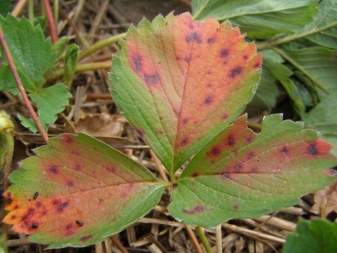
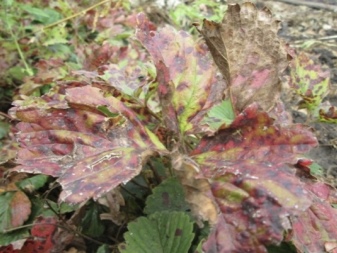
Signs of defeat
The main sign of brown spot is the appearance of spots of various sizes on the leaves of a strawberry bush, which have a brownish tint. At first, these are small dots that spread between the veins throughout the leaf. In the center of such a point is a light speck, and along the edges you can see a border that resembles rust in color. Over time, such spots grow in size, covering most of the leaf plate, and black pads begin to form in their center - these are the spores of the fungus. By this time, dark brown spots begin to appear on the underside of the leaf.
Over time, similar signs can appear on berries. The foci of the fungus also pointwise spread along the stem of the plant, on its petioles and whiskers. However, here the specks are somewhat different from those that are located on the leaves, they look more depressed.
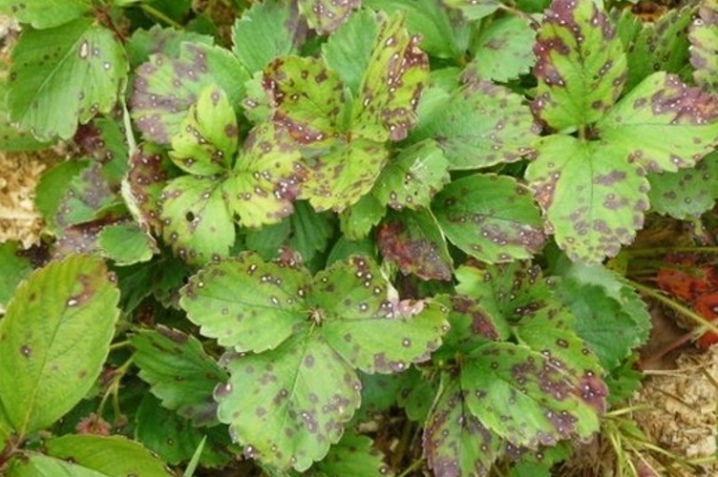
As the disease progresses, it can be seen that the growth of strawberry bushes begins to stop and soon - this applies to neglected cases - stops altogether. In the second season of the development of a fungal infection, a noticeable decrease in yield can be observed, and those berries that appear look very small. The plant is rapidly weakening, it finds the strength to release new flowers with great difficulty, and most of the ovaries simply do not ripen.As a result, if you do not start to treat this disease in time, the bush simply dies.
Please note that this disease is quite insidious. After mowing the affected foliage, you can notice the appearance of a new one, on which there will be no spots. However, this does not mean at all that you were able to get rid of the fungal infection, this is only an illusion of recovery. The disease will again make itself felt when the second phase of the development of the fungus comes... By this time, spots of various shapes and sizes, having a red-brown color, will reappear on the leaf plates.
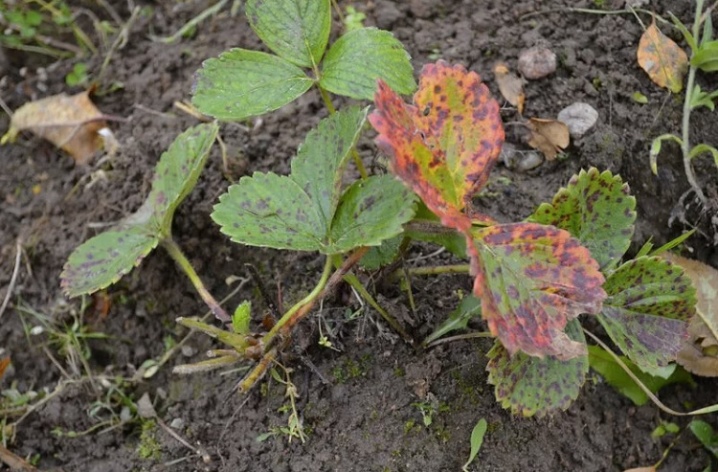
How to process?
Special drugs
Specialties include chemical and biological agents that are made using chemicals or living microorganisms. It is best to poison the fungus with toxic agents in early spring or after fruiting, that is, at the end of summer and closer to autumn. In this case, all bushes, without exception, are subject to processing, even those that look outwardly healthy, because the disease can manifest itself only in the second year.
Most often, to combat brown spot, I use fungicides, including Fitosporin, Bordeaux liquid, Hom, Fundazol, Skor, Ridomil, copper sulfate, Falcon and Ordan.

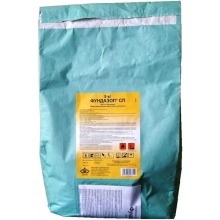
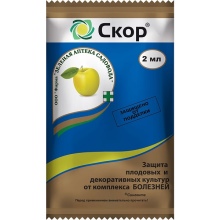
The components contained in these preparations are capable of suppressing the fungus and its spread. Before using them, it is recommended to carefully read the instructions, which will indicate the degree of toxicity of the product, the method of its preparation and the mode of processing. Please note that when processing with chemicals, you must strictly follow the safety rules, use protective equipment so as not to harm your health.
During the growing season, plantings are capable of accumulating harmful substances that are contained in chemicals, and therefore it is recommended to carry out treatment with biofungicides before flowering. These include drugs such as Albit, Alirin, Trichodermin and Fitosporin. They non-toxic, and the degree of their danger does not exceed 4.
They are able to fully protect the plant from brown spot and the further spread of this fungal disease.
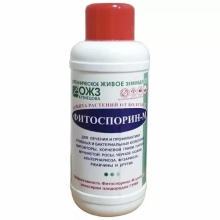
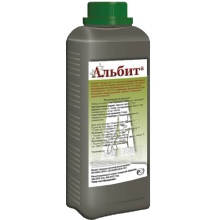
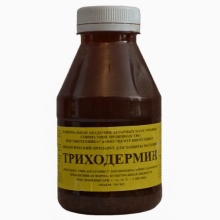
Folk remedies
Such funds are very popular with summer residents, due to the fact that they are easy to use, completely harmless to humans, very economical and fight not only fungal infection, but also many harmful insects... Solutions made according to folk recipes are most often prepared from scrap materials with their own hands at home. They are suitable for prophylactic treatment and for low plant diseases.
However, it should be borne in mind that in advanced cases they cannot fully combat brown spotting, and then you will have to resort to using ready-made commercial solutions.

Potassium permanganate
To prepare a solution based on this component, you need 5 grams of potassium permanganate and 10 liters of water. All this must be mixed, after which you can spray the strawberry bushes. One treatment with a solution will not be enough, you will have to spray the plants several times at intervals of a week.
At the same time, it is recommended to carry out the first such treatment during early spring, immediately after the snow melts.
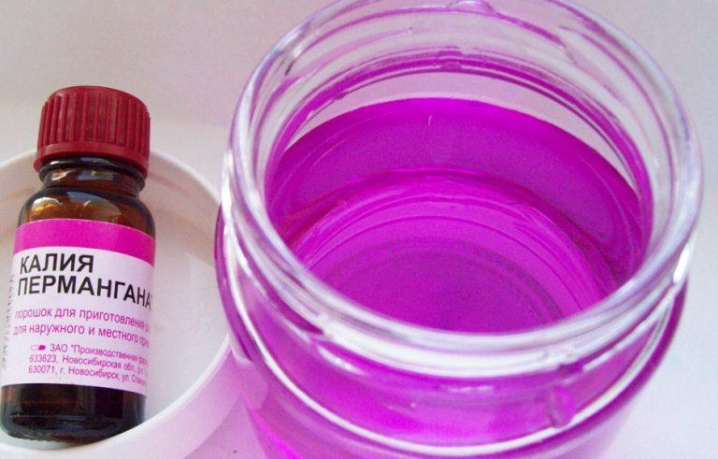
Soda and iodine
These 2 components are in perfect harmony with each other. A solution based on them will help get rid of not only fungal infections, but also some parasitic insects. For the mixture, you will need 2 tablespoons of baking soda, a few drops of iodine, 10 liters of water and 30 grams of laundry soap, which is necessary for the solution to better adhere to the leaves. Having mixed all this, you can start spraying the plantings.
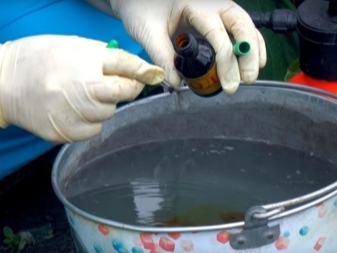
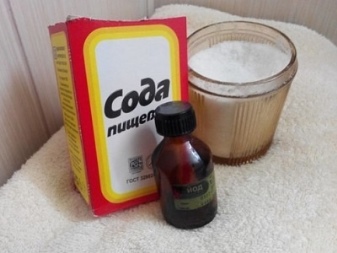
Wood ash
This component is also effective in the fight against fungal disease. In addition, it is of great benefit to plants, not only relieving them of disease, but also feeding and protecting them from parasitic insects. For a wood ash-based mortar, you need 0.3 kilograms of the component and 2 liters of water... All this must be mixed and boiled for about half an hour, then leave to infuse until it cools completely. Next, the solution must be filtered, add more water, bringing the amount of the composition to 10 liters.
Apply on plants at intervals of a week.
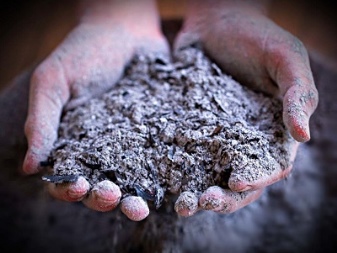
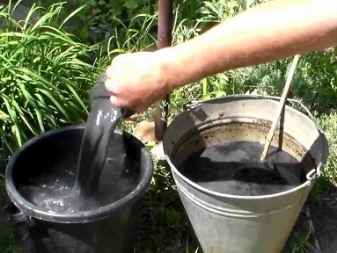
Milk serum
Another effective preparation that will require a liter of whey and 10 liters of water. All this must be mixed, after which the spray solution can be used.
Another dairy-based solution that is suitable for combating brown spot can be made using 500 milliliters of low-fat milk, 15 drops of iodine and half a bucket of water. After mixing all these components, you can start processing strawberry bushes.
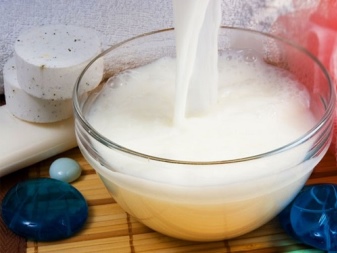
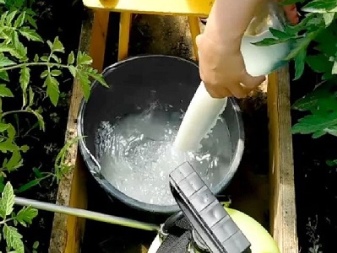
Garlic
To prepare a solution with garlic, you will need 0.5 kilograms of garlic arrows and cloves, finely chopped... All this must be poured into a bucket of water and left to infuse for 24 hours. After that, the solution must be drained and used to spray diseased plantings.

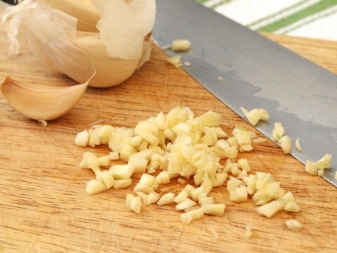
Prevention measures
Compliance with preventive measures will help prevent the occurrence of an infectious disease.
So, initially you need to pay attention to the proper care of strawberry plantings. You should not supply them with excess moisture, allowing the soil to become waterlogged. It is moisture that first of all contributes to the appearance and further spread of a harmful fungus.
Weed your beds regularly to get rid of weeds. It is on them that harmful insects that can infect your plant with infections most often live. Provide plant protection from pests: plant those plants that are able to scare them away with their pungent and specific smell, spray the plantings with solutions that are made according to folk recipes.

In early spring and at the end of fruiting, all old foliage must be removed. Those parts of the plant that are affected by the fungus in the future must be pruned.
Avoid overly dense bushes. Try to keep the distance between them when landing.
It is also recommended to move strawberry bushes to new areas. This must be done every 5 years.
In addition, after the final collection of berries, the plantations must be treated with any biological preparation annually.
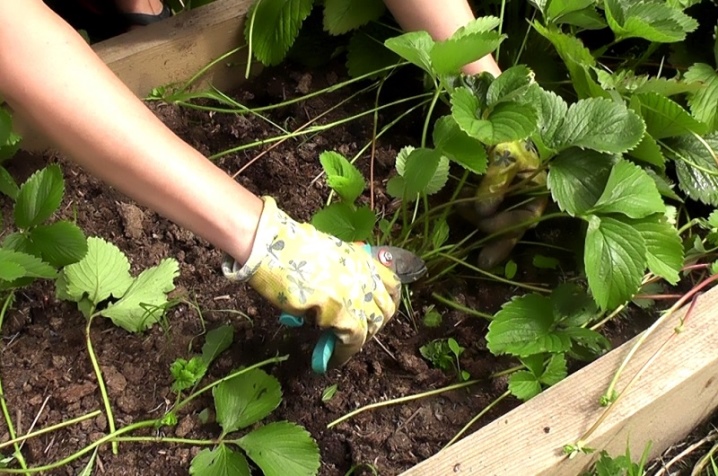
You can find out more information on this issue in the video below.













The comment was sent successfully.